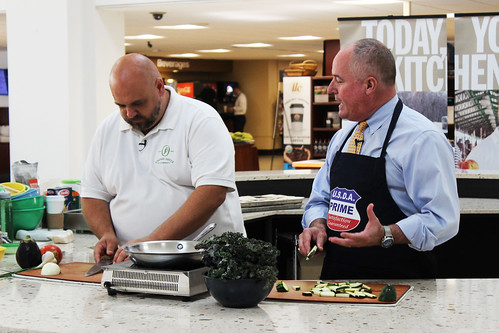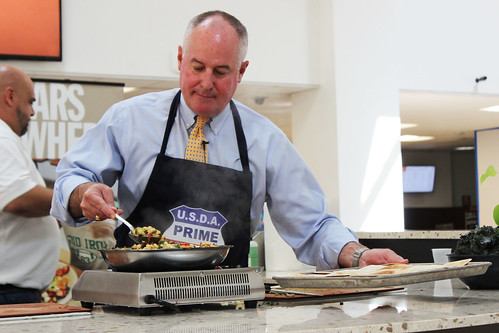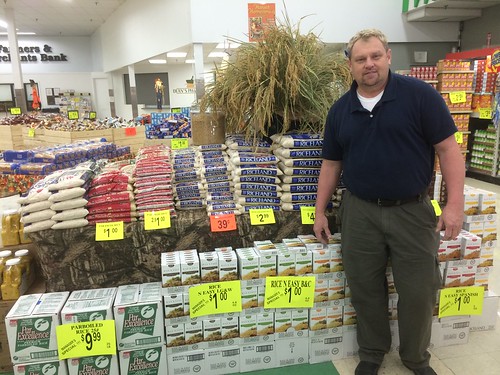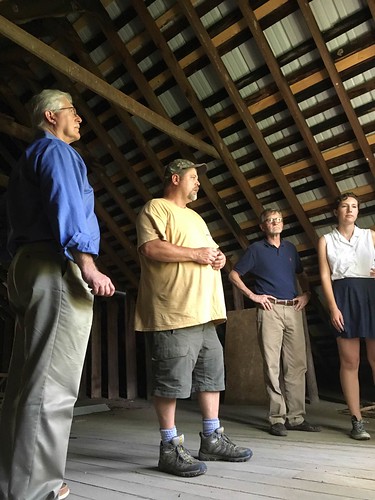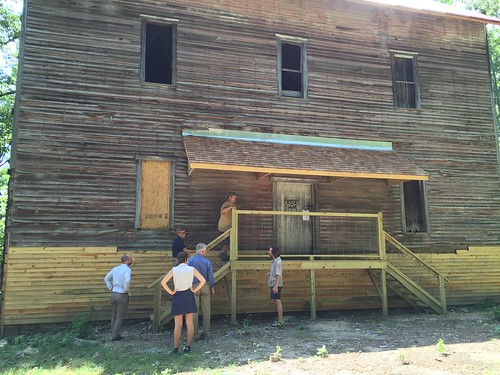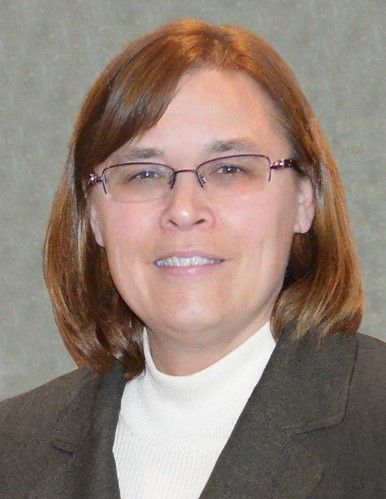
Jamie Clover Adams, Director of the Michigan Department of Agriculture and Rural Development
Every month, USDA shares the story of a woman in agriculture who is leading the industry and helping other women succeed along the way. This month, we hear from Jamie Clover Adams, Director of the Michigan Department of Agriculture and Rural Development and the first woman to serve in that position. Director Adams recently participated in a 10 day women-led USDA trade mission to China with Farm and Foreign Agricultural Services Deputy Under Secretary Alexis Taylor.
1. What is your background? How did you become Director of Agriculture?
I grew up on a small farm in Ionia, Michigan. We raised purebred Angus cattle, hay & row crops. I was part of 4-H with sewing, cooking and livestock projects. My undergraduate degree is from the University of Michigan and I have a Masters of Public Policy from Georgetown University. I spent 7 years in Washington, DC working at trade associations and then nearly 10 years in Kansas where I had the opportunity to serve agriculture as the Kansas Secretary of Agriculture (1999-2003). I moved my family home to Michigan in 2003, spent nearly 8 years in the majority policy office of the Michigan Senate working in a variety of issue areas including food and agriculture.
I was fortunate to have worked with Dan Wyatt when he was the Michigan Agriculture Director when I was Kansas Secretary. He was part of the Snyder Administration so when they were looking for someone to fill the Agriculture Director slot, he recommended that I consider the position.
2. What has been your most memorable experience as Director of Agriculture?
I have had dozens of memorable experiences as I work to serve Michigan’s farmers and food producers. I am their voice in many arenas and I work hard every day to ensure that their needs and perspectives are considered and valued as policy decisions are made.
3. What were your main takeaways from the recent trade mission to China?
The trip reinforced the huge opportunities in the Chinese market now and into the future. I was amazed by the acceleration in the growth of the e-commerce market since my last trip in 2015 and the enormous opportunity for food companies. Regulatory uncertainties are a significant barrier for the market and we must continue to find ways to bring more certainty to the market if we are to harness the opportunities.
4. How do you think international trade helps rural communities in your state and across the country?
Trade is critical to Michigan. More than 26,000 food and agriculture jobs are tied to trade opportunities and many of them are in rural communities. Further, as producers of food we must have trade given that 95% of the world’s population lives outside the borders of the United States.
5. What do you think is missing from the conversation when we don’t have women at the table and in leadership roles?
Diverse perspectives lead to stronger and more robust decisions. Women are part of that diversity of perspectives. In the food and agriculture sector it’s critical because women are the primary decision makers when it comes to food purchase decisions. For our sector to thrive, we must understand how and why women make these decisions. The entire supply chain is stronger when we understand what the customer wants whether they are in the U.S. or abroad.
6. Any words of advice you would offer your fellow women in agriculture?
Continue to be at the table and communicate your perspective. Talk with other women about the opportunities in food and agriculture and encourage them to be a part of our sector.



